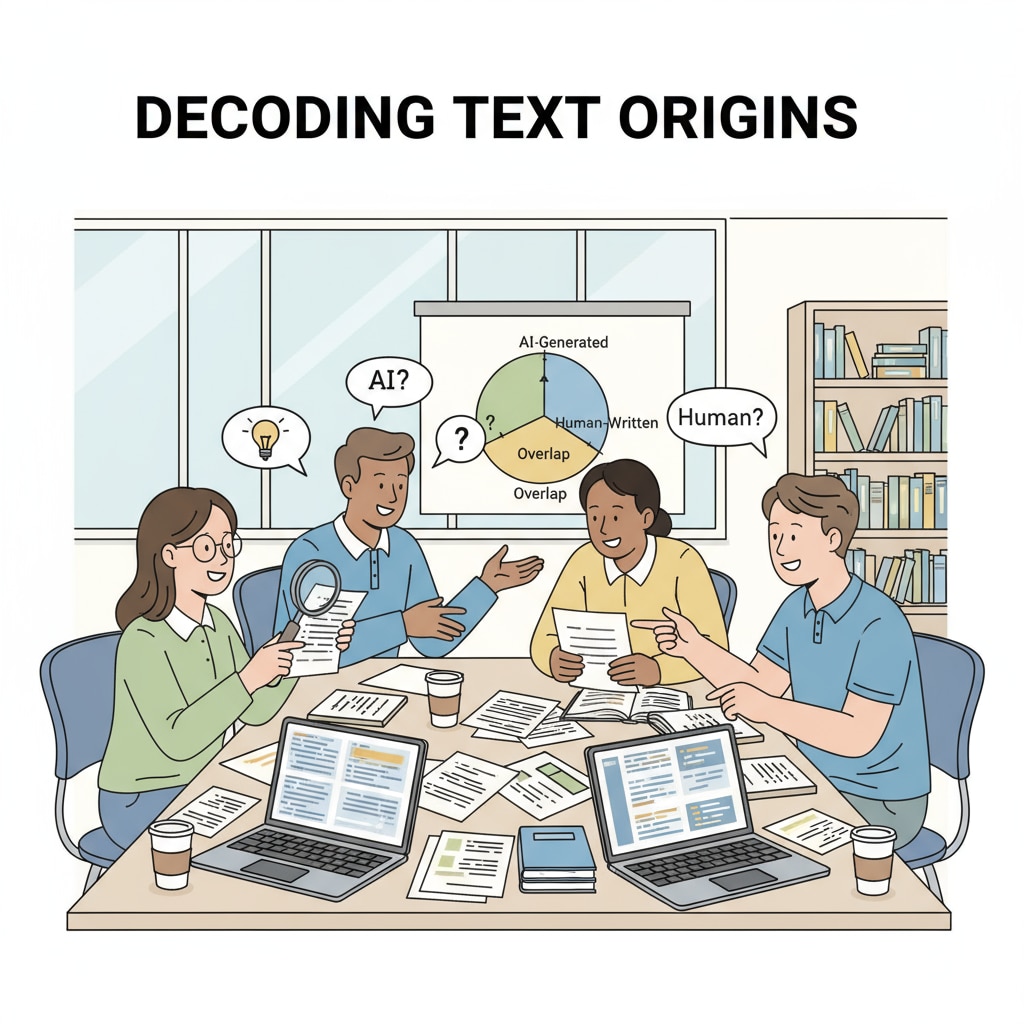In the age of rapid technological advancement, the issues of AI writing, authenticity, and writing instruction have become crucial in K12 education. The widespread use of AI writing tools has presented both opportunities and challenges for educators. As students are increasingly exposed to these tools, it is essential to guide them in understanding the differences between AI-generated and human-written content, and to cultivate their own authentic writing skills.

The Rise of AI Writing and Its Impact on Education
AI writing tools have made a significant impact on the writing landscape. These tools can generate text quickly, providing seemingly polished content. For example, they can be used to write essays, reports, and even creative stories. However, this convenience has led to concerns in education. According to Educause, students may be tempted to rely too much on AI writing, undermining the development of their own writing abilities. Teachers are now faced with the task of differentiating between work produced by students and that generated by AI. This requires a new approach to writing instruction, one that emphasizes authenticity and critical thinking.

Teaching Students to Discern AI from Human Writing
One of the key steps in redefining writing education in the digital age is teaching students to distinguish between AI and human writing. This can be achieved through various activities. For instance, teachers can present students with a set of texts, some written by humans and others generated by AI. Students are then asked to analyze the language use, structure, and overall style. Human writing often contains idiosyncrasies, emotions, and a more organic flow, while AI writing may seem more formulaic and lack depth. By engaging in such activities, students develop a better understanding of what makes writing authentic. Additionally, understanding the principles of writing detection tools can also help students. As explained on Wikipedia’s page on plagiarism detection software, these tools analyze patterns in text to identify potential AI-generated content. Teaching students about these principles not only helps them avoid using AI inappropriately but also enhances their critical evaluation skills.
Readability guidance: The paragraphs above use simple language and short sentences to maintain readability. Transitions like ‘however’ and ‘for instance’ are used to connect ideas. The images are placed at appropriate positions to support the text. Each section focuses on a key aspect related to AI writing, authenticity, and writing instruction.
The Value of Authentic Writing in the Digital Age
Authentic writing goes beyond just putting words on paper. It is a means of self-expression, communication, and critical thinking. In the digital age, where information is abundant, the ability to write authentically is more important than ever. When students write authentically, they are able to convey their own ideas, perspectives, and experiences. This not only helps them develop their unique voice but also enables them to connect with readers on a deeper level. For example, in creative writing, an authentic piece can evoke emotions and engage the audience in a way that AI-generated text cannot. Teachers should encourage students to explore their creativity and express themselves freely, while also providing guidance on grammar, vocabulary, and structure.
Developing Personal Style in Writing
Another crucial aspect of writing instruction is helping students develop their personal style. Personal style is what sets a writer apart and makes their work distinctive. It includes elements such as word choice, sentence structure, and tone. Teachers can guide students in finding their style by providing writing prompts that encourage self-expression. For example, students can be asked to write about a personal experience in their own words, using their own unique way of describing events and emotions. By practicing writing in this way, students gradually develop a style that is uniquely theirs. This not only makes their writing more engaging but also helps them build confidence in their abilities.
In conclusion, in the age of AI writing, it is essential to redefine writing education in K12. By teaching students to distinguish between AI and human writing, understand the value of authenticity, and develop their personal style, educators can help students become proficient and authentic writers. The focus on these aspects of writing instruction will ensure that students are well-prepared for the challenges and opportunities of the digital age.



